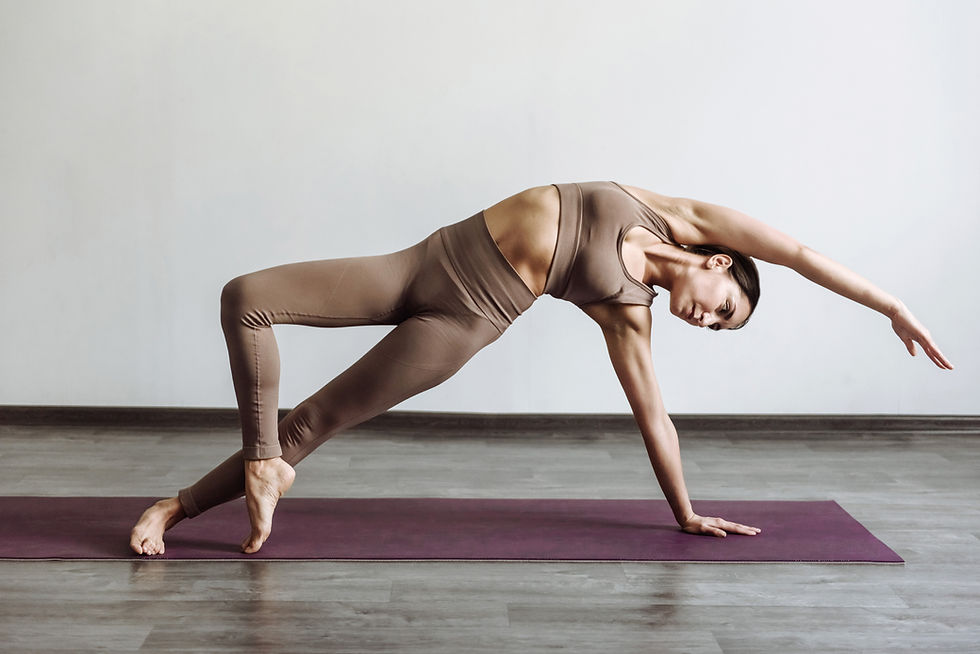How Balance Works
- Yoga Haven

- Aug 24, 2023
- 2 min read
In this blog post, we'll delve into the science behind balance and explore how our body's intricate systems work together to keep us upright.
The Role of the Vestibular System: The vestibular system, located within the inner ear, is a key player in maintaining balance. It consists of fluid-filled canals and sensory receptors that detect changes in head position and movement. When we move our head, the fluid inside these canals shifts, sending signals to the brain about our orientation. This information helps us adjust our body position to maintain stability.
Visual Input and Balance: Our sense of sight also contributes significantly to balance. Visual input provides essential information about our surroundings and the position of our body in relation to the environment. When visual cues align with information from the vestibular system, our brain can accurately assess our orientation and adjust accordingly. This is why we might feel off-balance when our visual surroundings are distorted, such as on a moving train or in a virtual reality setting.
Proprioception and Balance: Proprioception, often referred to as the "sixth sense," involves the ability to sense the position, orientation, and movement of our body parts without relying on visual or vestibular cues. Specialized sensors called proprioceptors, found in muscles, tendons, and joints, provide constant feedback to the brain about the state of our body. This information is crucial for making fine adjustments to our posture and movements, contributing significantly to our overall sense of balance.
Central Nervous System's Role: The brain and spinal cord play a central role in processing and integrating information from the vestibular system, visual input, and proprioceptors. Complex neural pathways allow the brain to interpret and combine these signals to create a comprehensive understanding of our body's position in space. This information guides the activation of muscles to maintain equilibrium and prevent falls.
Maintaining Balance Through Movement: Balance is not just about static stability; it's also essential during movement. When we walk, run, or perform any activity, our body continuously makes adjustments to ensure that our center of gravity remains within our base of support. This involves a constant interplay between the vestibular system, visual input, and proprioception to fine-tune our movements and prevent stumbling.






Comments